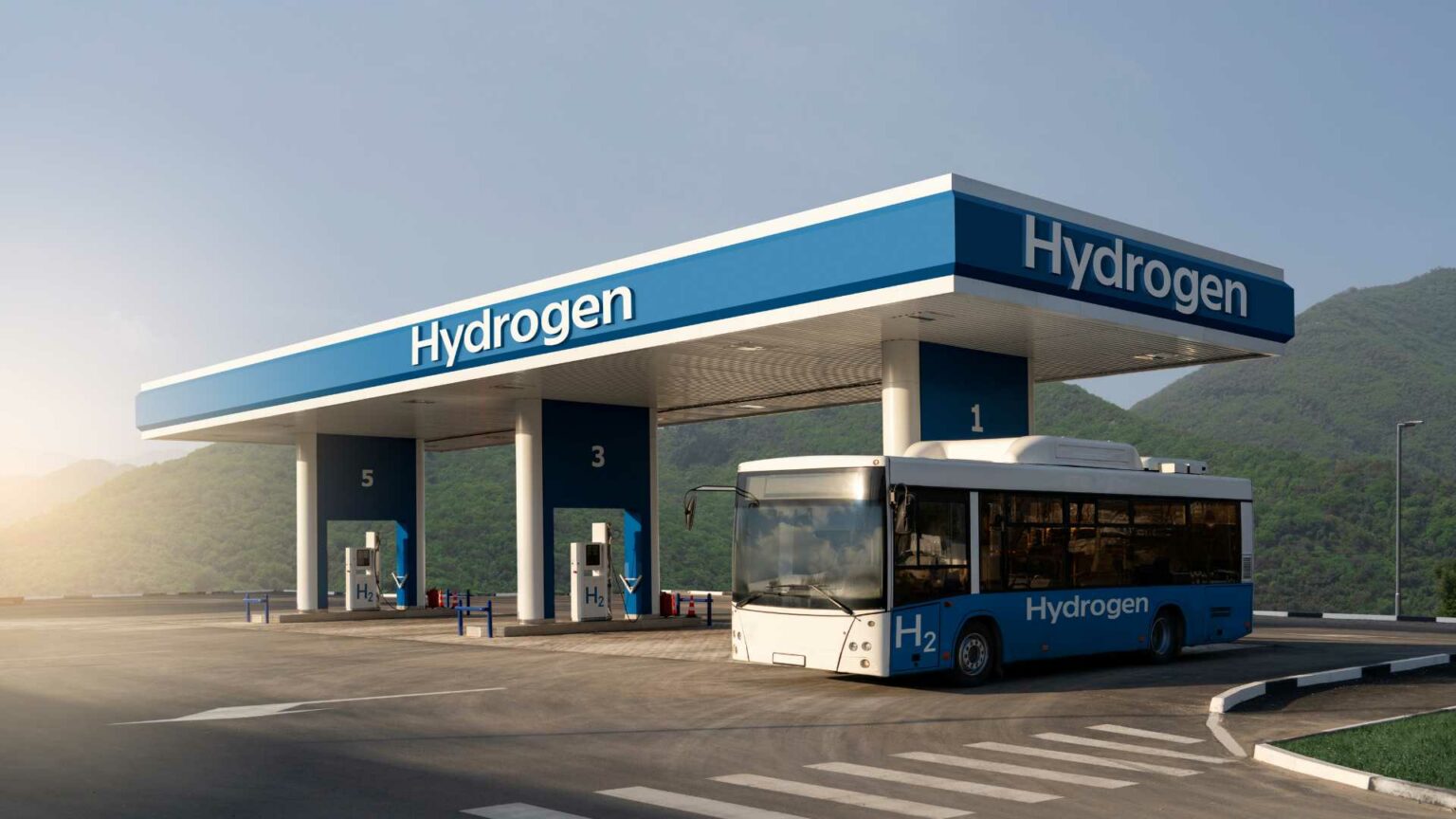Mississauga will soon become the first city in Ontario to introduce hydrogen fuel cell electric buses into its public transit system.
This initiative is part of the city’s ongoing efforts to enhance its public transportation and reduce its carbon footprint. The decision to adopt hydrogen fuel cell technology aims to provide an environmentally friendly alternative to traditional diesel-powered buses, which contribute significantly to air pollution and greenhouse gas emissions.
Hydrogen fuel cell electric buses offer numerous environmental benefits. Unlike diesel buses, they produce zero emissions at the tailpipe. The only byproduct of the hydrogen fuel cell process is water vapor, making these buses a much cleaner option for the city’s public transit system. By switching to hydrogen buses, Mississauga aims to significantly reduce its carbon emissions and improve air quality for its residents.
Hydrogen fuel cell technology has advanced considerably in recent years. These buses are powered by combining hydrogen with oxygen to produce electricity, which then powers the electric motor. This process is highly efficient and sustainable. In addition, hydrogen fuel cells have the advantage of faster refueling times compared to battery electric buses, which can take several hours to charge. This makes hydrogen fuel cell buses more practical for continuous operation in busy urban transit systems.
The initiative has received strong support from both local and provincial governments. Funding and grants have been allocated to help cover the costs of integrating hydrogen buses into the city’s transit fleet. Government support is crucial in offsetting the initial expenses associated with this new technology, including the installation of hydrogen fueling stations and the purchase of specialized buses.
Mississauga’s transition to hydrogen fuel cell electric buses is part of a broader vision to modernize the city’s public transportation infrastructure. The city aims to create a more sustainable and efficient transit system that meets the needs of its growing population while also addressing environmental concerns. This move sets a precedent for other cities in Ontario and potentially across Canada to consider adopting similar green technologies in their public transit systems.





